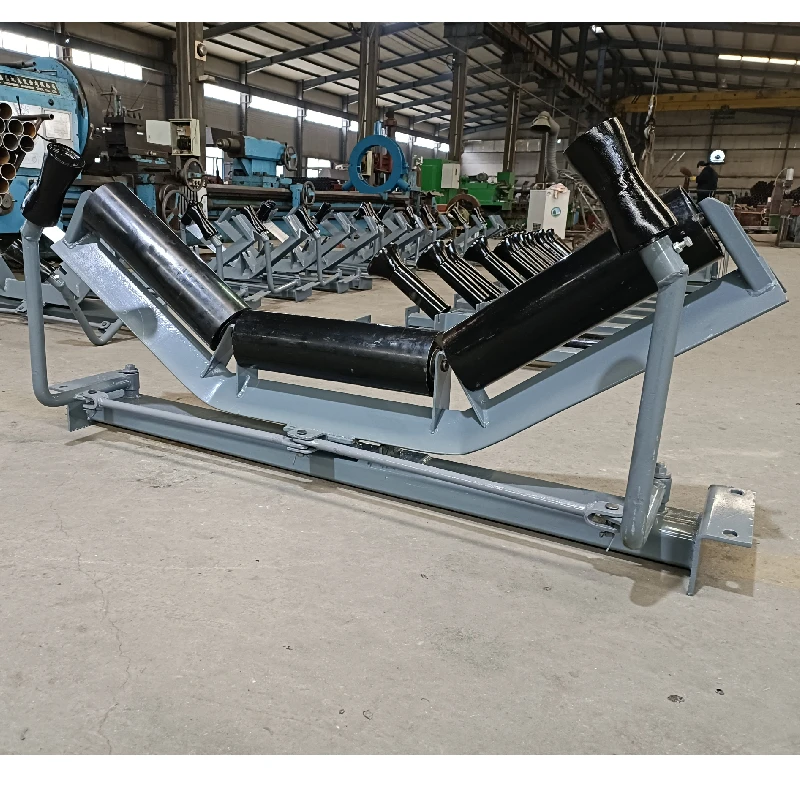 Afrikaans
Afrikaans  Albanian
Albanian  Amharic
Amharic  Arabic
Arabic  Armenian
Armenian  Azerbaijani
Azerbaijani  Basque
Basque  Belarusian
Belarusian  Bengali
Bengali  Bosnian
Bosnian  Bulgarian
Bulgarian  Catalan
Catalan  Cebuano
Cebuano  Corsican
Corsican  Croatian
Croatian  Czech
Czech  Danish
Danish  Dutch
Dutch  English
English  Esperanto
Esperanto  Estonian
Estonian  Finnish
Finnish  French
French  Frisian
Frisian  Galician
Galician  Georgian
Georgian  German
German  Greek
Greek  Gujarati
Gujarati  Haitian Creole
Haitian Creole  hausa
hausa  hawaiian
hawaiian  Hebrew
Hebrew  Hindi
Hindi  Miao
Miao  Hungarian
Hungarian  Icelandic
Icelandic  igbo
igbo  Indonesian
Indonesian  irish
irish  Italian
Italian  Japanese
Japanese  Javanese
Javanese  Kannada
Kannada  kazakh
kazakh  Khmer
Khmer  Rwandese
Rwandese  Korean
Korean  Kurdish
Kurdish  Kyrgyz
Kyrgyz  Lao
Lao  Latin
Latin  Latvian
Latvian  Lithuanian
Lithuanian  Luxembourgish
Luxembourgish  Macedonian
Macedonian  Malgashi
Malgashi  Malay
Malay  Malayalam
Malayalam  Maltese
Maltese  Maori
Maori  Marathi
Marathi  Mongolian
Mongolian  Myanmar
Myanmar  Nepali
Nepali  Norwegian
Norwegian  Norwegian
Norwegian  Occitan
Occitan  Pashto
Pashto  Persian
Persian  Polish
Polish  Portuguese
Portuguese  Punjabi
Punjabi  Romanian
Romanian  Russian
Russian  Samoan
Samoan  Scottish Gaelic
Scottish Gaelic  Serbian
Serbian  Sesotho
Sesotho  Shona
Shona  Sindhi
Sindhi  Sinhala
Sinhala  Slovak
Slovak  Slovenian
Slovenian  Somali
Somali  Spanish
Spanish  Sundanese
Sundanese  Swahili
Swahili  Swedish
Swedish  Tagalog
Tagalog  Tajik
Tajik  Tamil
Tamil  Tatar
Tatar  Telugu
Telugu  Thai
Thai  Turkish
Turkish  Turkmen
Turkmen  Ukrainian
Ukrainian  Urdu
Urdu  Uighur
Uighur  Uzbek
Uzbek  Vietnamese
Vietnamese  Welsh
Welsh  Bantu
Bantu  Yiddish
Yiddish  Yoruba
Yoruba  Zulu
Zulu Various Types of Conveyor Rollers and Their Applications in Industry
Different Types of Conveyor Rollers Enhancing Material Handling Efficiency
Conveyor rollers play a crucial role in material handling systems, providing the necessary support and movement for various goods in warehouses, manufacturing, and distribution environments. Understanding the different types of conveyor rollers can greatly enhance operational efficiency and optimize the performance of a conveyor system.
One of the most common types of conveyor rollers is the idler roller. Idler rollers are used to support the conveyor belt and assist in guiding it through the system. They are typically non-powered, allowing the belt to move under the influence of gravity or another driving force. Idler rollers can be found in various designs, including horizontal, inclined, and adjustable angle configurations, catering to the specific requirements of the material handling process.
Another important type is the drive roller. These rollers are powered and are responsible for moving the conveyor belt. Drive rollers can include motorized units that provide a controlled movement, ensuring the smooth transport of materials across the conveyor. Each drive roller's placement is critical, as it influences the conveyor's efficiency and speed.
Return rollers are also essential components of a conveyor system. Located underneath the conveyor belt, these rollers help support the belt as it returns to the starting point. Return rollers assist in minimizing friction, thus promoting longevity and efficiency in the conveyor's operation.
different types of conveyor rollers

Gravity rollers are a popular choice for light-duty applications. These rollers allow materials to move freely down the conveyor line by utilizing gravity. They are particularly effective in sorting systems where products must be directed to specific channels or destinations without the need for powered movement.
In specialized applications, weighted rollers may be used. These rollers are often employed in systems where high friction is necessary, providing added traction for heavy loads. Similarly, stainless steel rollers are preferred in environments where hygiene is paramount, such as food processing or pharmaceutical industries, due to their resistance to corrosion and easy cleaning.
Finally, conveyor rollers are highly customizable, allowing businesses to select rollers that meet their specific operational demands. Factors such as load capacity, environmental conditions, and product nature play a role in roller selection.
In conclusion, the diverse types of conveyor rollers available today can significantly impact the efficiency and effectiveness of material handling operations. Understanding these various roller types is essential for selecting the right components to optimize conveyor systems and enhance overall productivity.
-
Trusted Conveyor Solutions from Leading Conveyor Idler Roller ManufacturersNewsJun.27,2025
-
Reliable Return Idler Solutions for Efficient Belt Conveyor SystemsNewsJun.27,2025
-
Precision Conveyor Accessories for Streamlined Material HandlingNewsJun.27,2025
-
High-Quality Belt Conveyor Idler Solutions for Efficient Material HandlingNewsJun.27,2025
-
High-Performance Belt Conveyor Pulleys for Reliable Material HandlingNewsJun.27,2025
-
Enhancing Material Handling EfficiencyNewsJun.27,2025





























